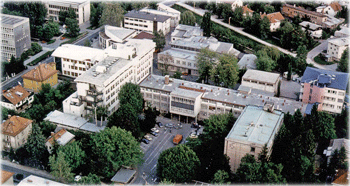Peter Novak, Barbara Koroušić Seljak, Franc Novak
Jožef Stefan Institute, Jamova cesta 39, 1000 Ljubljana, Slovenia
Abstract: In this paper, we describe the design of a visual interface of a mobile a mobile app for tracking nutrients and foods consumed by patients with Parkinson’s disease. The interface should enable the patients to recognize objects on the screen, easily perceive their function and interact with them thus providing an efficient way of entering the dietary intake data. The app has been validated by five patients and the preliminary results are encouraging.
Presentation:
 Loading...
Loading...
 Loading...
Loading...
Full paper: link


